Subfamily Callitroideae Higher classification Cypress | Division Pinophyta Scientific name Callitris Rank Genus | |
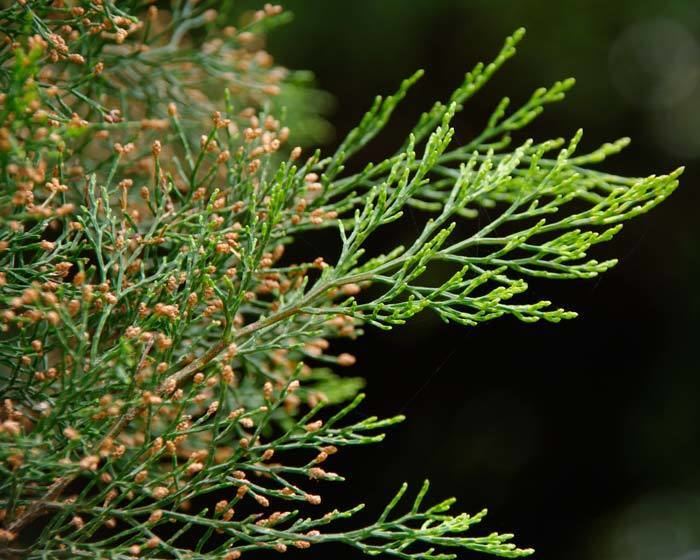 | ||
Lower classifications Callitris columellaris, Callitris rhomboidea, Callitris preissii, Callitris endlicheri, Callitris oblonga | ||
Plant id white cypress pine callitris glaucophylla
Callitris is a genus of coniferous trees in the Cupressaceae (cypress family). There are 16 recognised species in the genus, of which 13 are native to Australia and the other three (C. neocaledonica, C. sulcata) native to New Caledonia. Traditionally, the most widely used common name is cypress-pine, a name shared by some species of the closely related genus Actinostrobus.
Contents
- Plant id white cypress pine callitris glaucophylla
- Callitris glaucophylla
- Description
- Taxonomy
- Species
- Doubtful names
- Human use
- References
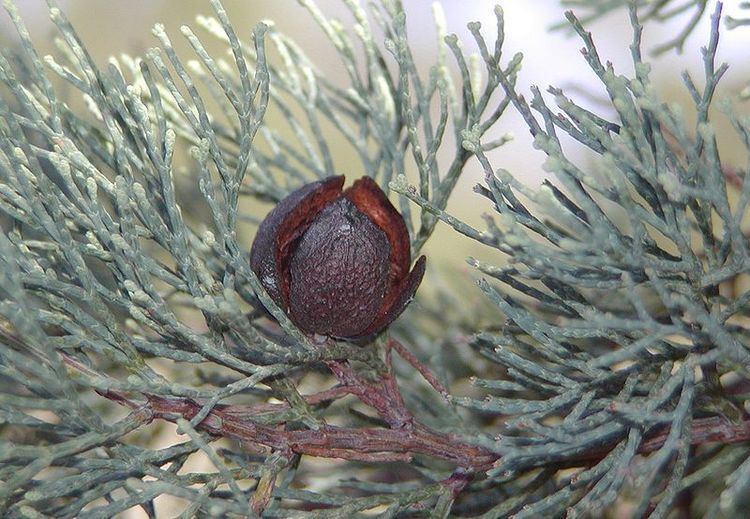
Callitris glaucophylla
Description
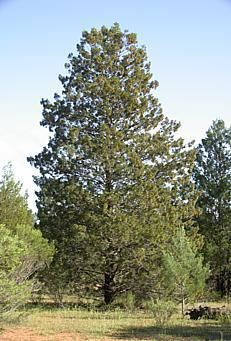
They are small to medium-sized trees or large shrubs, reaching 5–25 m (16–82 ft) tall (to 40 m (130 ft) in C. macleayana). The leaves are evergreen and scale-like, except for on young seedlings, where they are needle-like; in C. macleayana, needle-like leaves are found mixed with scale leaves throughout the tree's life. The scales are arranged in six rows along the twigs, in alternating whorls of three (often in whorls of four in C. macleayana).
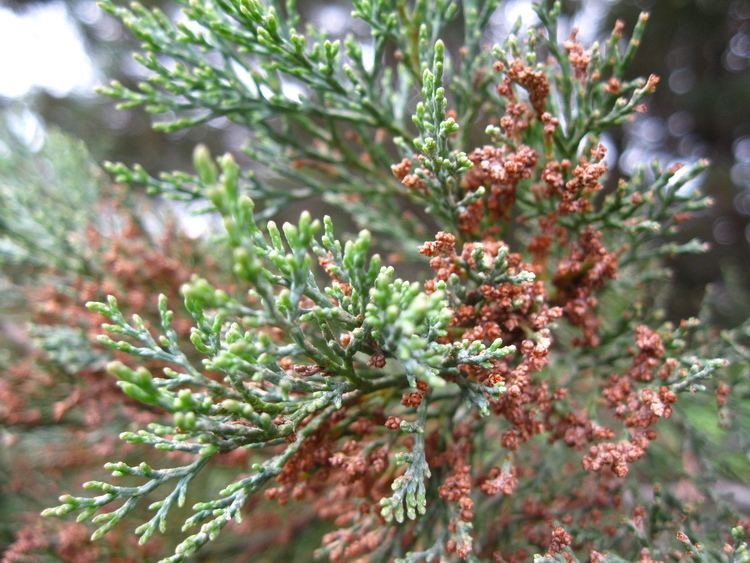
The male cones are small, 3–6 mm (0.12–0.24 in) long, and are located at the tips of the twigs. The female cones start out similarly inconspicuous, maturing in 18–20 months to 1–3 cm (0.39–1.18 in) long and wide, globular to ovoid (acute in C. macleayana), with six overlapping, thick, woody scales, arranged in two whorls of three (often 8 scales in C. macleayana). The cones remain closed on the trees for many years, opening only after being scorched by a bushfire; this then releases the seeds to grow on the newly cleared burnt ground.
Taxonomy
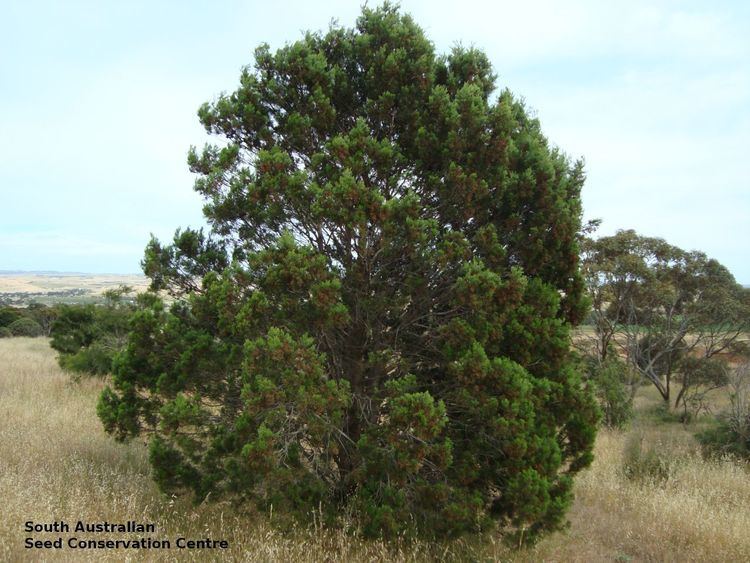
The genus is divided into two sections, with the atypical C. macleayana in sect. Octoclinis, and all the other species in sect. Callitris. Some botanists treat C. macleayana in a separate genus, as Octoclinis macleayana. C. macleayana is also distinct in occurring in rainforest on the east coast of Australia; the other species all grow on dry sites.
The closest relatives of Callitris are Actinostrobus from southwest Western Australia, which differs in its cones having several basal whorls of small sterile scales. A 2010 study of Actinostrobus and Callitris places the three species of Actinostrobus within an expanded Callitris based on analysis of 42 morphological and anatomical characters.
In 2010, early Oligocene fossilised foliage and cones of Callitris were unearthed near the Lea River in Tasmania. The fossils were given the name Callitris leaensis and represent the oldest known representative of the genus.
Species
The genus includes the following species:
Doubtful names
The following names are of doubtful validity:
Human use
The wood of cypress-pines is light, soft and aromatic. It can be easily split and resists decay; cypress-pine is also termite resistant. It is used to make furniture, indoor and outdoor paneling, and fence posts. Cypress-pines are occasionally planted as ornamental trees, but their use is restricted by the high risks imposed by their very high flammability in bushfires.
